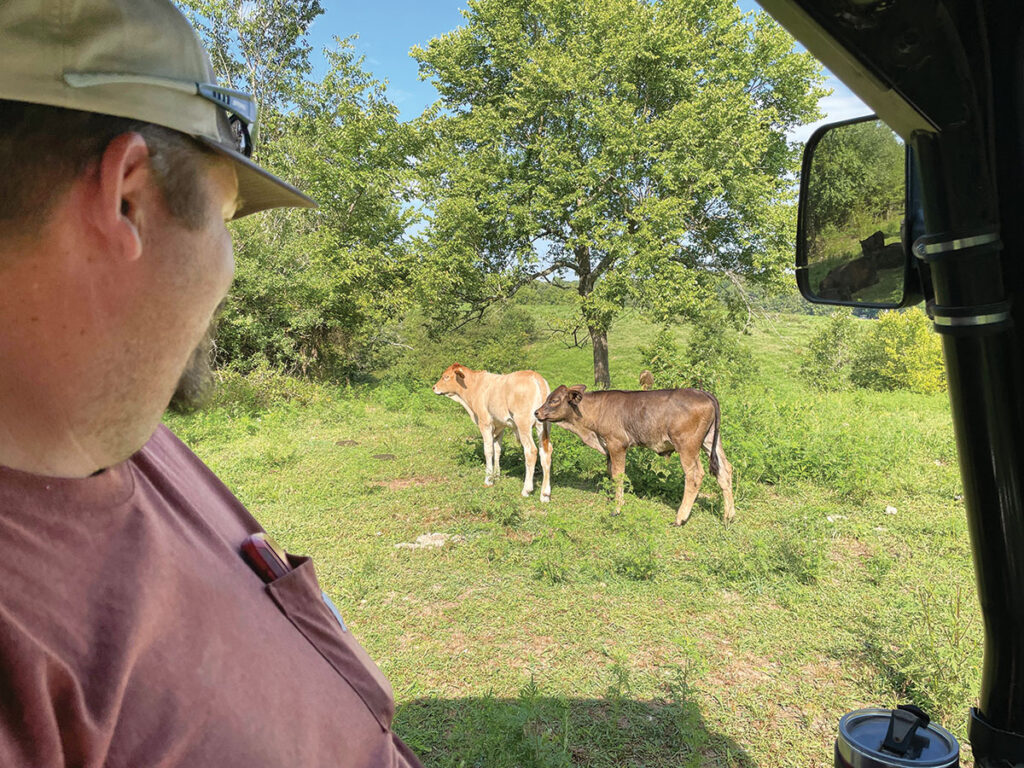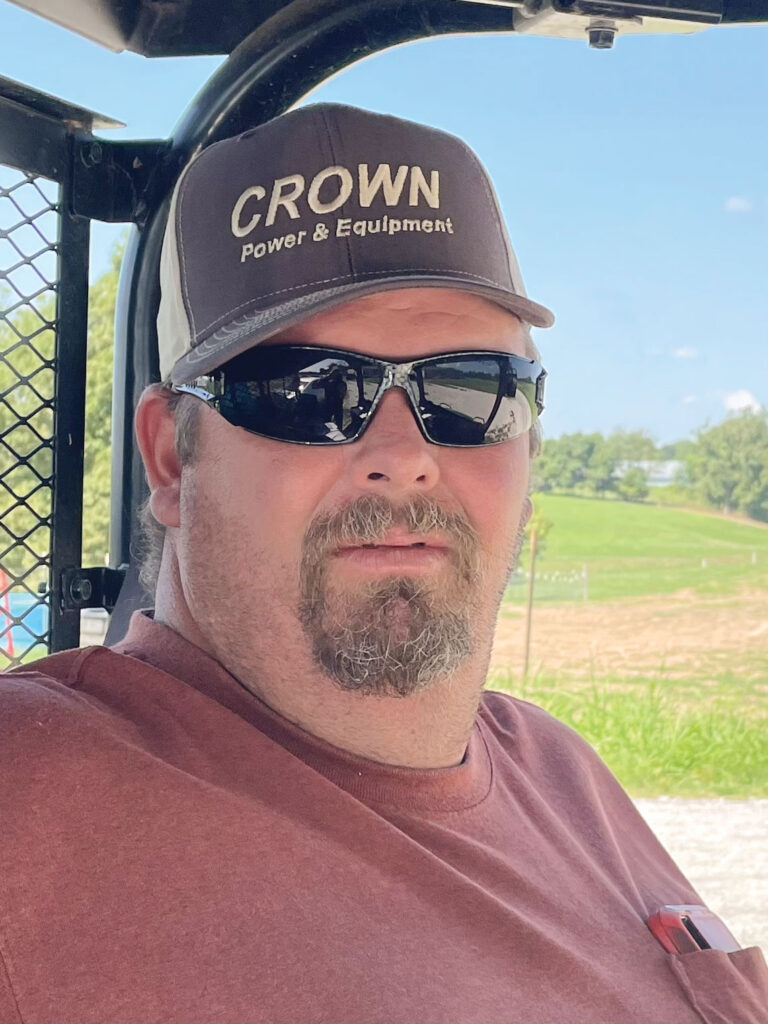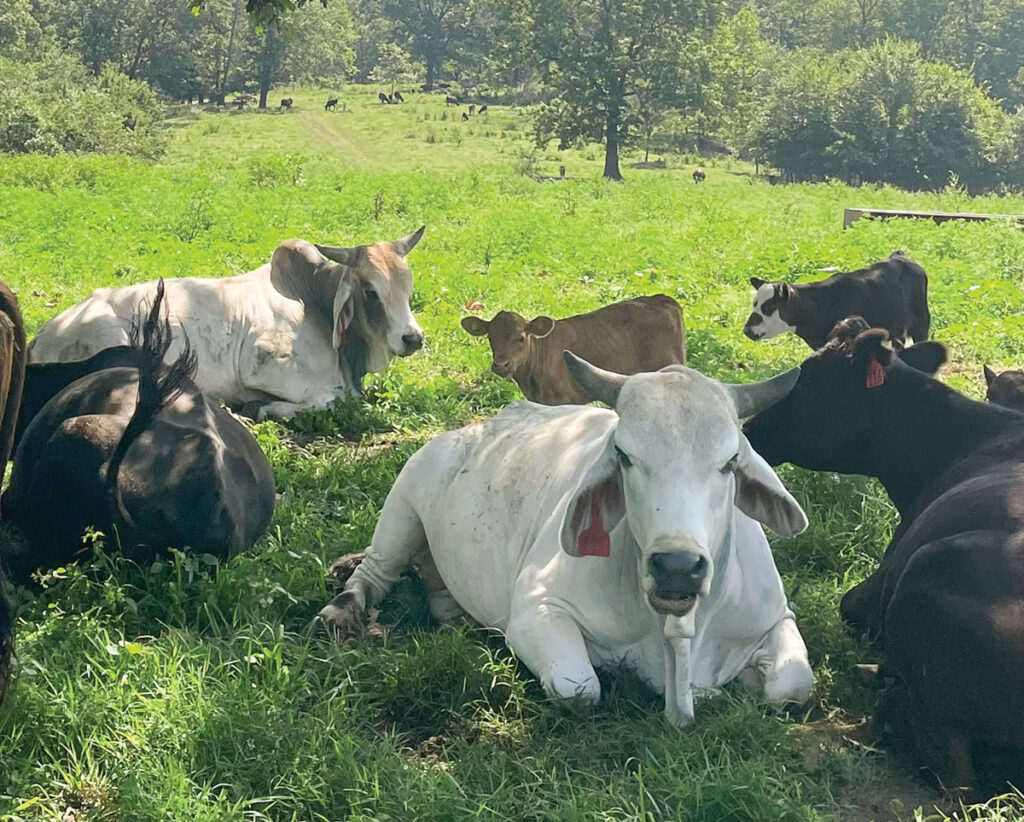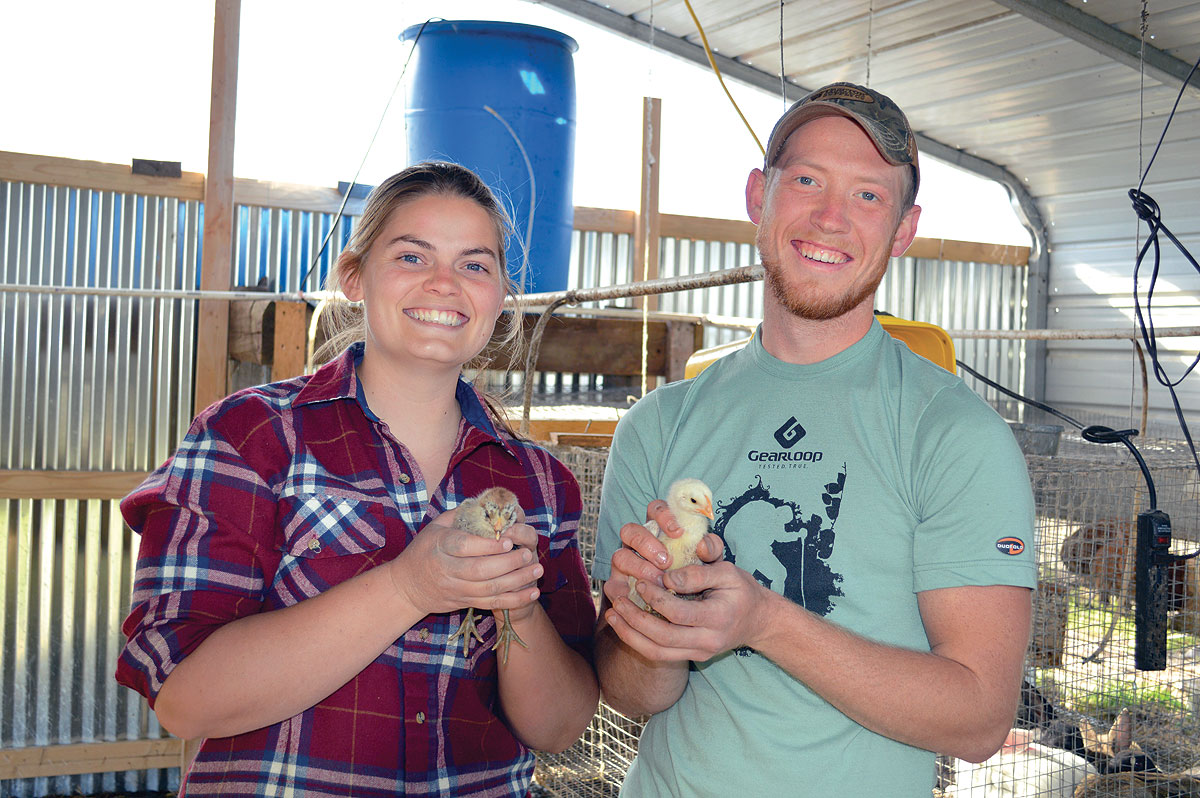
Chris Maples has tried a variety of operations, but now wants to increase his cow/calf pairs
GALENA, MO. – There is an adage well known to the U.S. Army to describe the way the military operates in the field: adapt and overcome. That philosophy could not be more true for the farmer.

In the latest census by the United States Department of Agriculture (USDA), Missouri with more than 95,320 farms was second only to Texas in total number of farms. Ninety-six percent of the farms were described as family-owned, covering 27.8 million acres, which is 63 percent of the land in Missouri.
On a beautiful Ozarks day, Chris Maples of Galena, Mo., talked about the challenges and opportunities of operating the farm that’s been in his family for four generations.
The cattle and the land of the Maples family farm appeared healthy and green on that day. But as with the day-to-day and season-to-season lives of so many of Missouri’s farmers, things can and often do change quickly. Driving through the 267 acres that Chris now operates, he reflected on recent events that had him doing what all farmers do — adapt.
The Maples family has owned and operated this same land for nearly a 100 years. Both sets of his grandparents were neighbors and the marriage of Chris’ parents consolidated their properties into most of which is now the 267 acres Chris and his wife Leeia operate. Even in their earliest days, the Maples and McKnight families adapted to market conditions. Maples’ maternal grandparents, Alvis and Flora McKnight, raised and sold tomatoes and other produce for a period of time. Earlier in Chris’s era the Maples famiy had a dairy operation and raised pigs.
There was a period earlier this past summer affecting most of farm country when the grass dried up and foraging cattle were hard put to find much to graze upon.
“The cows were lookin kinda rough when it got so hot,” Chris recalled. “There was nothing out here.”
Due to the lack of rainfall, Christ adapted sectioning off his pastures with electric fencing and implementing a more aggressive process of rotational grazing. As the dry period extended, Chris brought in hay to supplement the grazing of his herd. Not unlike many commodities that saw price increases and shorter supplies associated with the COVID-19 pandemic, looking for a reasonable price and because of the lack of local availability at the time, the hay Maples came from Iowa at a premium price.
Chris does not run registered beef. “It’s a mixture of everything,” he said of his herd. “There’s black, Charolais, Santa Gertrudis, Red Angus, Hereford.”

The most recent addition to his mix, Brahman. Chris has bred his three Brahman bulls mostly with Red Angus because in his experience they are in his words “more durable.” That mix is, according to Chris, capable of dealing with changing climate conditions and less prone to illness. He has a few Angus bulls, however, he’s favoring the Brahman mix in his current herd.
While he respects why some operators prefer purebred cattle, Chris related that he doesn’t spend a lot of time and energy with registered stock.
“When it comes time to take them to the sale ring, nobody cares,” Chris said. “When ya strip their clothes off, nobody can tell the difference.”
During the recent blisteringly hot and dry period, Chris sold off most of his steers, keeping heifers and cows with calves.
Chris was also buying and selling feeder calves. He would buy them weighing between 250 to 300 pounds, bring them to the farm, treat and vaccinate them for Infectious bovine rhinotracheitis (IBR), black leg, pneumonia, and other respiratory diseases. Chris stated he often would put the calves on creep feeders to supplement their grazing until they grew to 750 to 800 pounds, at which point he would sell them.
The Ozarks’ unpredictable weather got Chris out of the feeder calf business. He said when one day the temperature was nearly 80 degrees and there was 2 inches of snow the next, the calves didn’t deal with that abrupt swing. That weather event wiped out a third of his 150 feeder calves.
Another adaptation for Chris was Maples Ridge Meats LLC that specialized in grass- and grain-fed “prime cut” hamburger; that is ground beef that included all prime cuts.
The challenge for Chris was that standard ground beef was selling for $3.50 per pound and he had to sell his prime cut burger for $5.50 to break even.
“I was going to build a processing plant,” mused Chris. However, he was forced to scrap those plans due to the economic pressures of the pandemic complicated by the requirements of dealing with his father’s prolonged and unfortunately fatal illness.
A few years ago opportunity came about for Chris to start a land clearing and green-waste chipping business that became so successful that he was gone from the farm a lot. As a result, without his constant attention, there was a lot of scrub and underbrush growth. But now that he’s able to turn his attention back to his fields Chris plans to deal with current conditions.
“I’m gonna work my way back up to 150 pairs, maybe 200…get some goats, and take life easy,” Chris said.
In the farm tradition in other words, adapt and overcome.






